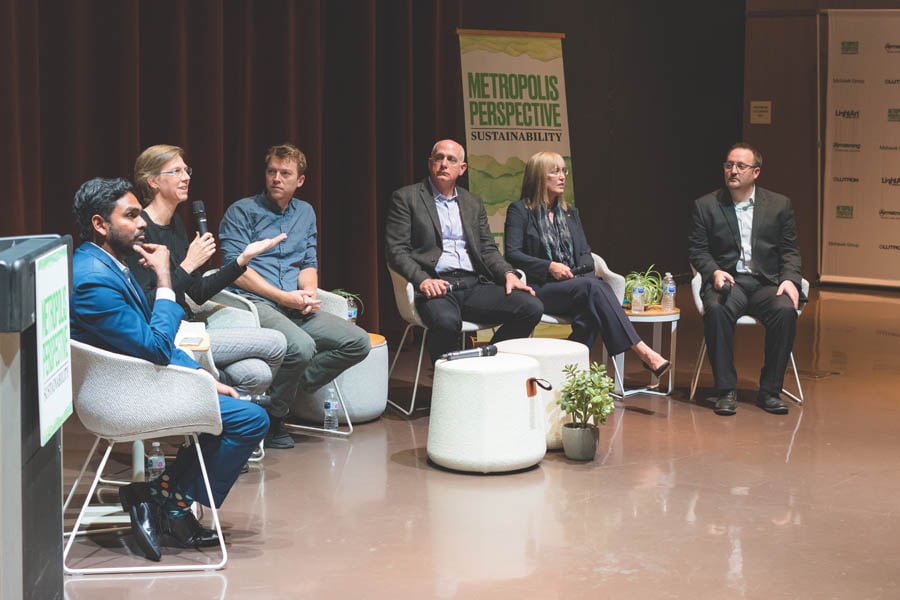
December 3, 2019
Q&A: How a Building Scientist Studies Light and Sustainability
Craig Casey explains how his research at the intersection of many disciplines helps Lutron develop human centric lighting.
The impact of lighting in the built environment combines so many specialties—optics, mechanics, electrical engineering, architecture—that you need a scientist to keep track. This is why Lutron has a whole department devoted to building science, the field concerned with the study of a building as a system.
Craig Casey, a building science leader at Lutron, talked about the scope of his job, its role in Lutron’s philosophy of sustainability, and what he believes the future holds for the field.

Q:What is a building scientist?
A: We stay on top of trends and forward-thinking topics, and try to ensure that we keep the company educated on building science-related subjects. Our job is to research how our products affect both people and energy – to understand the application of our products to both energy and human interests.
Q: How do you go about doing this?
A: The building science team interacts with industry organizations, as well as academic institutions, to make sure we’re staying on top of industry trends, or new intriguing research areas. We’re members of several industry organizations, including IES (Illuminating Engineering Society) and AERC (Attachments Energy Rating Council), and we participate in the writing of standards to ensure other members of the industry are using the latest science in their work.
Lutron also has a lot of internal experts in various specialties. We tap into their subject matter expertise when it’s appropriate – which is often. You want to make sure you have access to as much knowledge as possible so you can make informed decisions.

Q: What are some of the most interesting subjects you’ve been studying lately?
A: Everything related to human centric lighting. Lutron has an approach called Lutron HXL that combines four elements of lighting design to allow people to be, work, and feel their best: Quality Light, Natural Light, Connection to the Outdoors, and Adaptive and Personalized Control. Together, these elements promote comfort, enable enhanced well-being, and help foster engagement. As building scientists, our job is to make sure the company is staying close to established studies, as well as helping them support the message of HXL.
Also, the trade-off of energy and human centric lighting. When you add human centric optimization to a design, what is the resultant energy hit? For Lutron, the goal is to take care of the person—while also saving as much energy as possible.

Q: What are some of the main trends in building science right now?
A: There’s a lot of research being done regarding our understanding of color and the use of color metrics in design. Also, we’re continuing to keep an eye on research regarding light and well-being.
Q: What is your average day like?
A: When I was hired in 2015, I said that my best day is when I get to educate others, and the worst day is to do the same thing, day in and day out. The good thing about my job is that no two days are ever the same. There are always hot topics that come up, new research to be aware of, new needs to fulfill.
I’m intrigued by the work I’m doing so much that I don’t often see it as work. I have always loved architecture, and am intrigued by the way lighting affects the perception of an environment. In fact what I love even more is creating dynamic environments. For a long time, daylight was the only dynamic source. With lighting controls, you were able to create scenes by varying the intensities of different zone of fixtures and shading positions. Today, each light source itself can be dynamic. Except for when electric light was first invented, this may just be the best time in history to be a part of architectural lighting. And though I said that my best day is when I get to educate others, I work with great people and enjoy the opportunity to be the student as well.

For more about Lutron HXL, visit lutron.com/hxl
You may also enjoy “The Right Environment: Kevin Van Den Wymelenberg on Increasing Demands for Lighting Controls in 2019 and Beyond”





